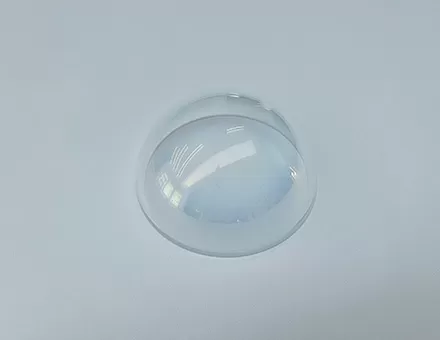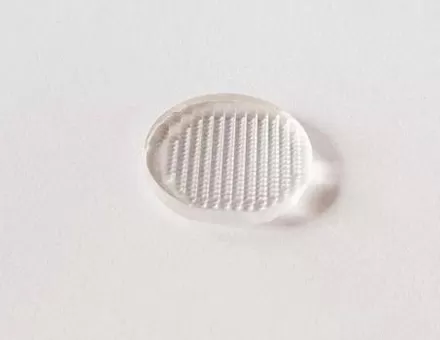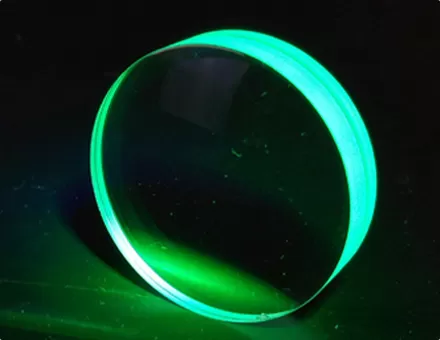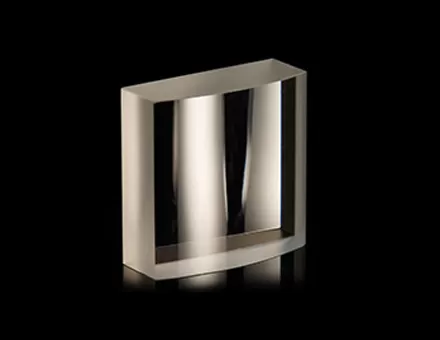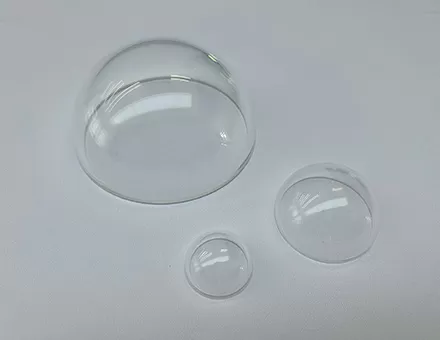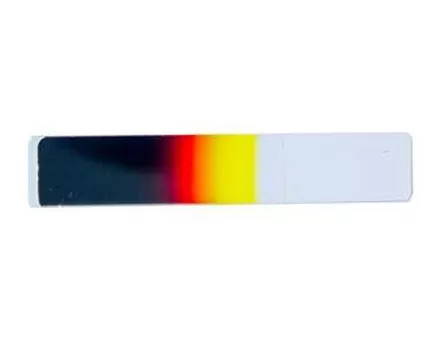Usually, the mirrors we use are mostly flat mirrors, because flat mirrors can produce images that are consistent with our actual size. However, today we want to introduce you to cylindrer lenses, which are mirrors that are circular in shape. So, what kinds of images can cylindrer lenses produce? What are some of the uses of cylindrer lenses? Let us enter the world of cylindrer lenses together, and take a look at how they produce images and their various uses!
The imaging principle of the cylindrer lens
When a two-dimensional image, such as our face, is projected onto a cylindrer lens, the special shape of the cylindrer lens causes the light to reflect and become displaced, resulting in a deformation. Conversely, the image on the platform below is a planar image that is distorted according to the curvature of the cylindrer lens, and is produced by computer graphics processing. This distorted planar image is then projected onto the cylindrer lens, which "deforms" the image once again to produce a normal image on the cylindrer lens.
As the two-dimensional image is reflected on the cylindrer lens surface, according to the principle of mirror emission, the angle of reflection is equal to the angle of incidence. The normal line is perpendicular to the tangent point, and the normal line must pass through the center of the circular section of the cylinder. Therefore, when the viewing angle is oblique, it causes the viewing angle to shrink, and the images on the circular mirror surface are squeezed towards the center.
The uses of the cylindrer lens
The uses of cylindrer lenses are many and varied, and one example is the holographic interference method used in gratings. The basic principle of this kind of grating production is to add a cylindrer lens to a dual-beam holographic light path system, so that the interference angle of the two beams of light varies continuously along the axis of the optical fiber, causing the refractive index of the fiber core to vary periodically, forming a fiber optic grating. cylindrer lenses can also be used to make eyeglasses.
Cylindrical lens is used for laser modules, various testing and detection instruments, military equipment and instrument equipment, positioning instrument equipment, semiconductor laser slow-axis collimating lenses, laser rangefinders, laser levelers, laser taggers, barcode scanners, laser aiming mirrors, laser medical equipment, analytical instruments, laser spirit levels, power tools, stage lighting and landscape engineering, etc.
The above is what Ecoptik has introduced to you about the imaging principle of cylindrer lenses and their extensive uses. Have you learned a lot from this article? Apart from cylindrer lens imaging, there are many other physical phenomena that are commonplace in our daily lives. If we want to know more about these phenomena, we have to observe and discover more.


















 EN
EN
